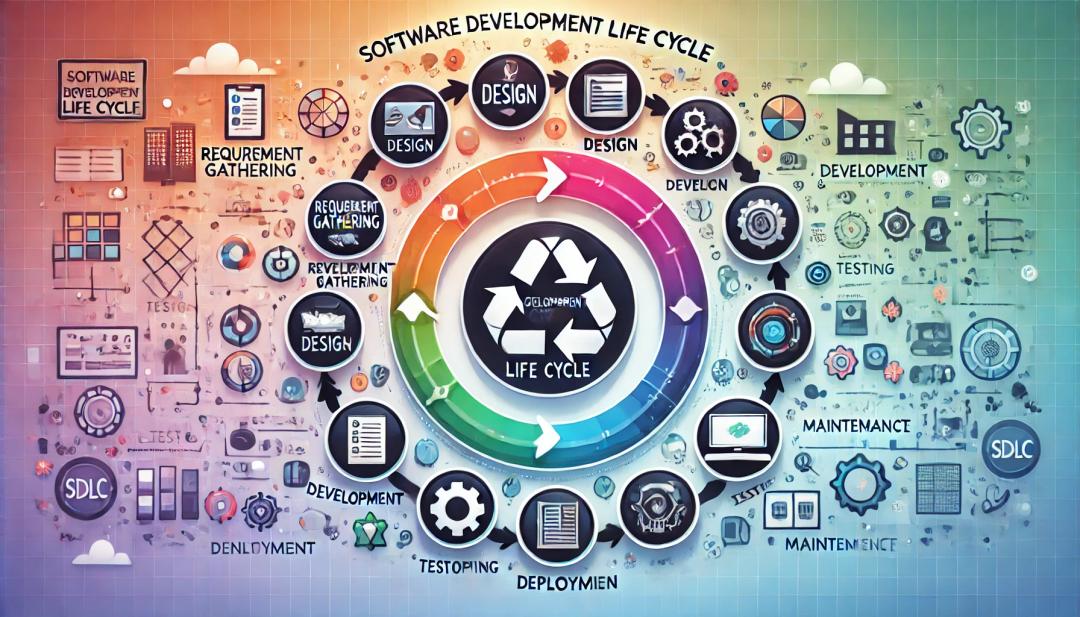Blog Details
Agile vs. Waterfall: How
Business Analysts Adapt Their Approach

FARDIN RAHMAN
15 Oct 2024
5 min read
Introduction
Every project has its own distinct approach. Some teams lean towards Agile methodologies, while others favor the Waterfall model. Each of these methods presents its own set of benefits and obstacles. Business analysts play a vital role in tailoring these approaches to suit specific needs. Let’s delve into how they contribute to this process and why their involvement is essential for the success of projects.
What is Waterfall?
Waterfall can be thought of as a clear, linear pathway. It progresses in a step-by-step manner: you start with project planning, then move on to designing the functionality, followed by the actual construction, and finally, you conduct tests to verify everything works as planned. This method is straightforward and easy to understand.
In the Waterfall approach, it’s crucial to set your objectives at the outset. Making adjustments once the process is underway can prove challenging. This is where business analysts play a pivotal role—they collect all the necessary requirements from the beginning. They work closely with stakeholders to ensure every aspect is thoroughly documented.
For instance, if a school seeks to develop a new application, the business analyst would engage with teachers, students, and parents to pinpoint essential features like homework tracking and event calendars. They meticulously record these requirements, creating a detailed document that serves as a roadmap for the project, ensuring everyone is on the same page before progressing.

What is Agile?
Agile is characterized by its flexibility and iterative nature. Teams operate in short cycles, gradually building different parts of the project. After each cycle, they present their work to users, allowing for immediate feedback and quick adjustments. This approach ensures the project remains responsive to the evolving needs of users.
In an Agile environment, business analysts need to be both adaptable and proactive. They gather requirements in shorter intervals, consistently collaborating with team members and users. This continuous communication keeps them aligned with project objectives and enables timely adaptations.
For example, imagine a software development team that develops a small segment of an application and shares it with users for their input. The business analyst closely monitors user reactions and collects feedback. If users request additional features or modifications, the team can swiftly implement those changes. This process guarantees that the final product is not only engaging but also meets user expectations effectively.

How Do Business Analysts Adapt?

Why Is this Important?
For instance, consider a scenario where a school is seeking to develop a new application. The business analyst works closely with teachers, students, and parents to pinpoint essential features like homework tracking and event calendars. They meticulously document these requirements, creating a comprehensive guide that serves as a roadmap for the entire project. This ensures that all stakeholders are aligned and informed before proceeding to the next stages.
Conclusion
Ultimately, both methodologies have their advantages. Waterfall provides a structured and sequential approach, while Agile emphasizes flexibility and responsiveness. Business analysts must tailor their strategies to fit the specific project style, making their adaptability essential to any team.
Whether working on a new application or developing software, business analysts are crucial for driving project success. By grasping the nuances of both methodologies, they enable teams to deliver exceptional results that align with user needs. Their skills in communication and analysis help turn ideas into reality, enriching the entire process for everyone involved.
Trendingblogs
Get the best of our content straight to your inbox!
Don’t worry, we don’t spam!





